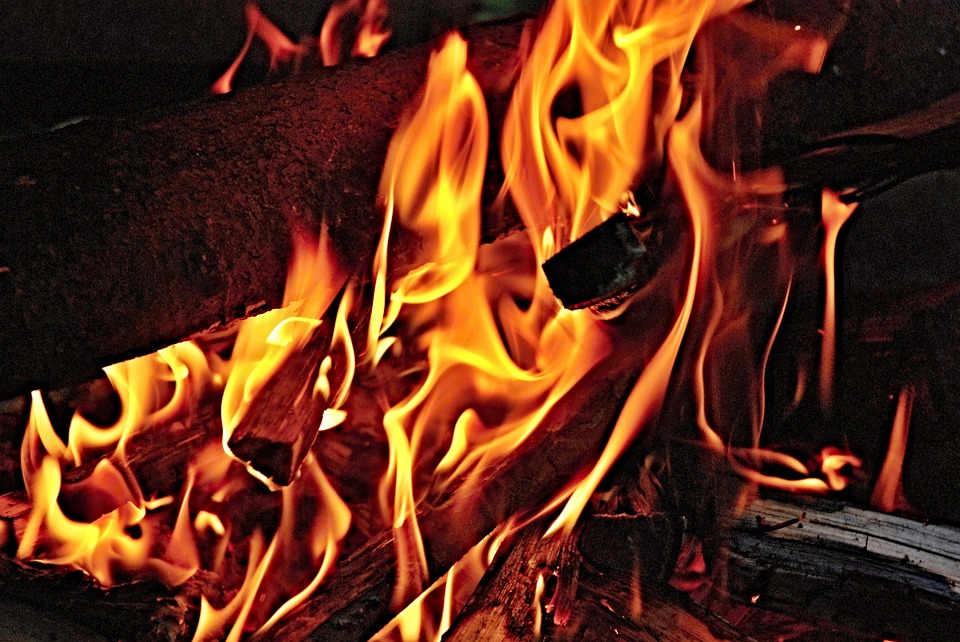


Other terms often employed are face cord, rick, or often just a truckload. Pieces that are shorter in length will dry out faster, so it’s more likely these have less water than bigger logs.įirewood is generally sold by volume, the most common measure being the cord.Do the pieces seem mustier/older both in look and smell? Good! This is another sign of well-seasoned wood.Water adds weight, so the lighter and more hollow-sounding, the better! Aim for pieces that are lightweight and make a clear “clunk” when beat together.This indicates the piece has been sitting longer, and the split ends make it dry out faster. Look to see if the ends are darkened with cracks or splits visible.There are a few characteristics to watch for when determining if the wood you’re purchasing is seasoned or not. Q: When buying firewood, how can I select the best pieces? Using quality, well-seasoned firewood will help your wood stove or fireplace burn cleaner and more efficiently, significantly reducing your risk of experiencing smoking problems, odors, rapid creosote buildup, and even dangerous chimney fires. The end result is less heat delivered to your home, along with literally gallons of acidic water in deposited in your chimney – which results in higher levels of creosote. If you burn green wood, the heat produced by combustion has to dry the wood out first before it will burn. Wood with less water is easier to start, produces more heat, and burns cleaner. We’ve got the answers to all your firewood-related questions here.Ī: Freshly cut wood can be up to 45% water, while well-seasoned firewood generally has 15-25% moisture content. Chimney Services » About Us » Frequently Asked Questions » Firewood Facts Addressing Your Firewood Questionsĭo you use a wood-burning fireplace? From selecting and buying firewood to storing and seasoning it, the wood you use can have a huge impact on how well your fires burn, how much heat you get, and how much buildup your chimney faces.


 0 kommentar(er)
0 kommentar(er)
